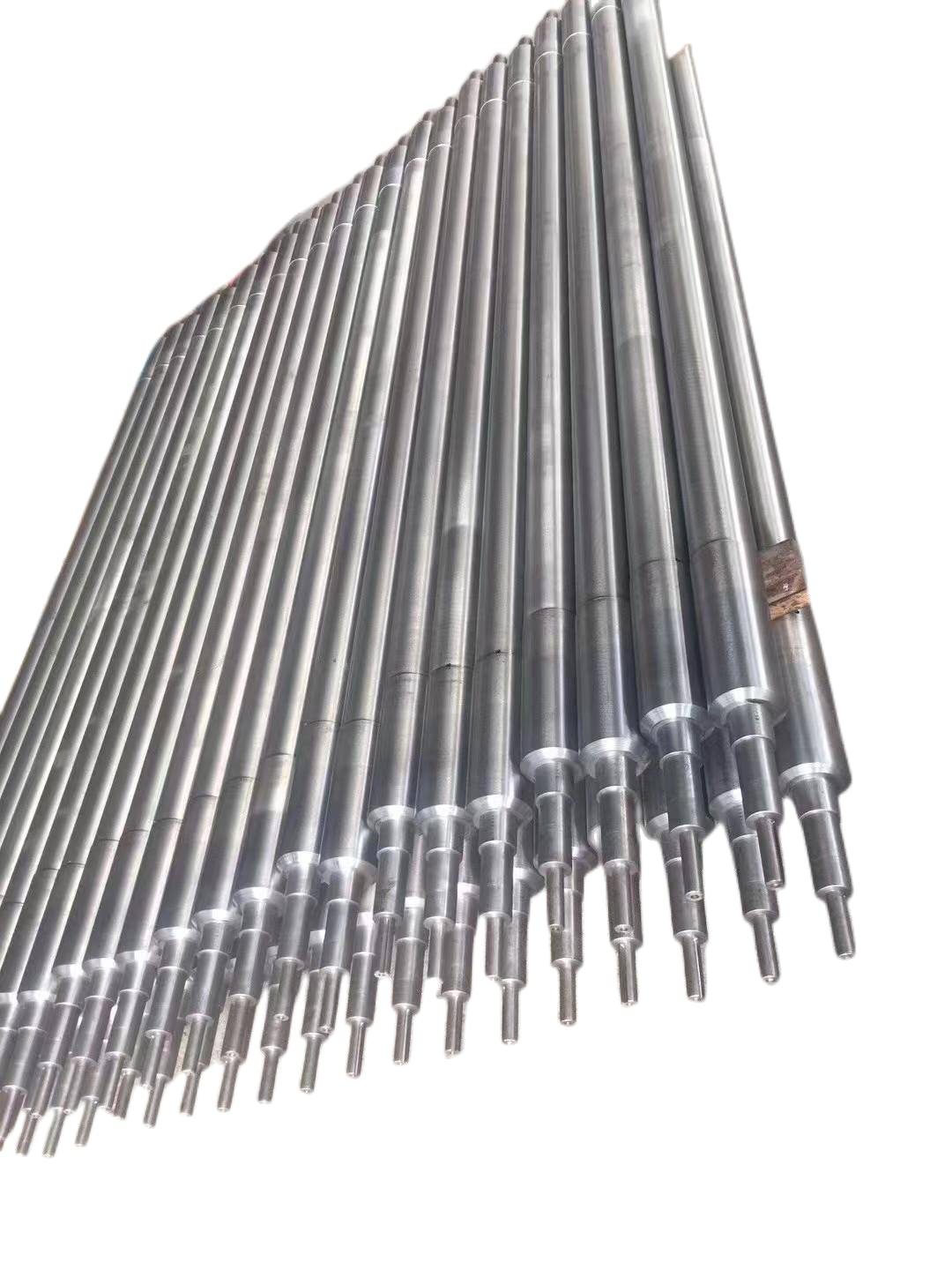cast stainless steel welding
Cast stainless steel welding represents a sophisticated metallurgical process that combines precision engineering with advanced material science. This specialized welding technique is specifically designed to join cast stainless steel components while maintaining their inherent corrosion resistance and structural integrity. The process involves careful preparation of the base materials, precise temperature control, and specialized filler metals that match the composition of the cast stainless steel being welded. The technology employs various methods, including GTAW (Gas Tungsten Arc Welding) and SMAW (Shielded Metal Arc Welding), depending on the specific requirements of the application. The process is critical in industries where component reliability and longevity are paramount, such as chemical processing, marine applications, and heavy industrial equipment manufacturing. Modern cast stainless steel welding incorporates advanced monitoring systems and quality control measures to ensure consistent weld quality and minimize the risk of defects. The technique requires skilled welders who understand the unique characteristics of cast stainless steel, including its thermal behavior, potential for distortion, and specific preheating requirements.

